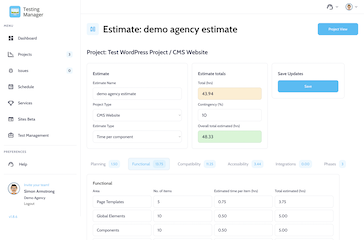
As we look ahead at next year, what are the main challenges that we expect to face when it comes to website testing in order to make sure that our web and mobile sites continue to be the best quality that they can be?
Here is a quick roundup of these challenges as I see them.
The range of smartphones and tablets continues to expand with new devices, new operating systems, different screen sizes and capabilities. The use of mobile devices to browse websites and make purchases is growing enormously and there is an expectation amongst users that your website should not only be accessible but usable too, at least on the major smartphones and tablets.
More websites are employing responsive design, which automatically displays an optimised version of a website to users depending on their screen size and type of device. This is great but the responsive design needs to be tested on a range of devices to ensure that it displays and works correctly for each one. For instance, is your design truly responsive and allow swipe gestures for relevant users?
Whilst Firefox and Chrome continue to launch new versions at an ever increasing pace (or so it seems), there is also another new major browser, Internet Explorer 10 and a new major operating system, Windows 8. It is a good idea to check that your website continues to work as expected in this new environment.
We want to make use of the latest technologies in 2013 so our websites look great and work brilliantly. Performance of HTML5 is improving meaning its use will most likely become more widespread, however, some older browsers just don't like CSS3 or HTML5 very much. Testing continually demonstrates that websites do indeed look and work much better in more modern browsers but that there are still users on older browsers that need to be catered for.
There are more APIs released all the time and that trend is set to continue in 2013, which allows information to be shared across services or provides a level of integration with those services. The widespread availability of APIs is great news, it just adds a bit more complexity to the website that needs to be tested.
Almost everything has user experience tagged to it and I'm sure this will increase in 2013. Testing how good the user experience is can be done in a variety of ways but at its most basic it entails handing the site to someone not connected with your business and have them test it.
The major social networks are really slugging it out and 2013 will be no different. Your website undoubtedly has some level of integration with social networks even if it is just a link to your respective Twitter, Facebook, Google+ or LinkedIn profiles...and Pinterest...and YouTube..., but many businesses take social a lot further with campaigns that span social networks and integrate deeper with their website.
There we have it, a quick set of areas to think about in website testing terms for 2013.
As ever, if you need any assistance with your digital quality testing then please contact us, we would be glad to help.


